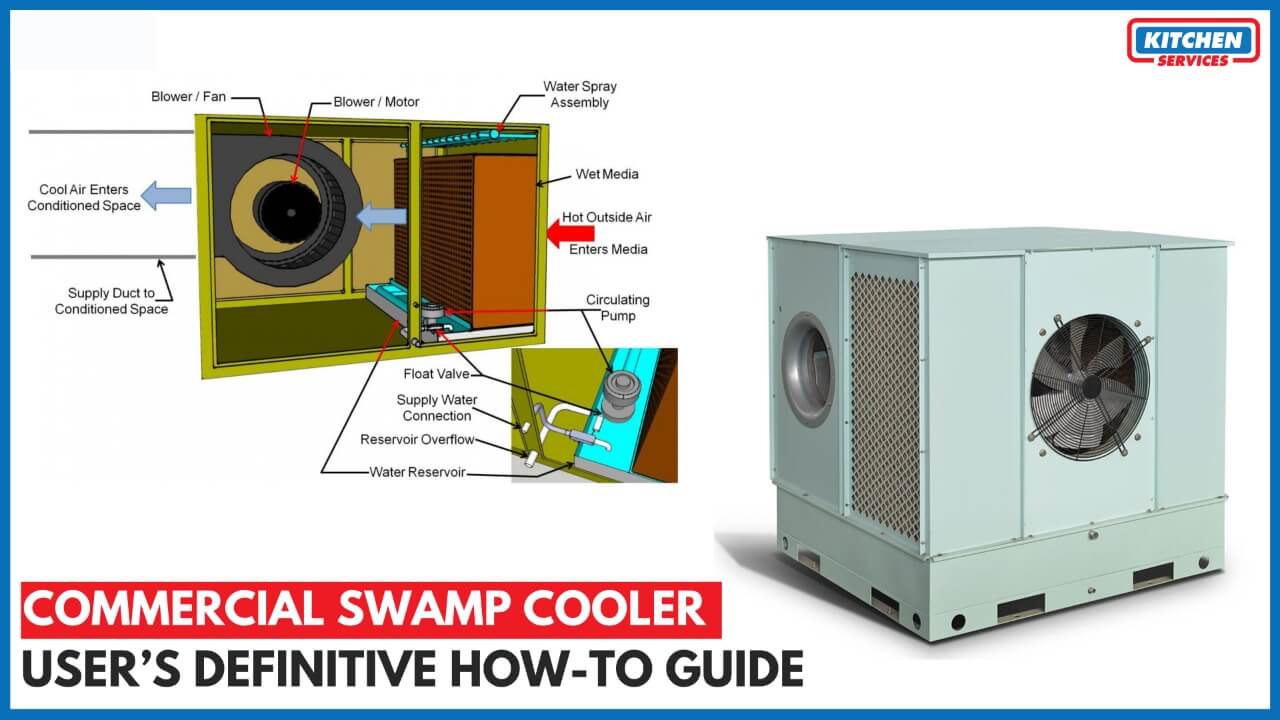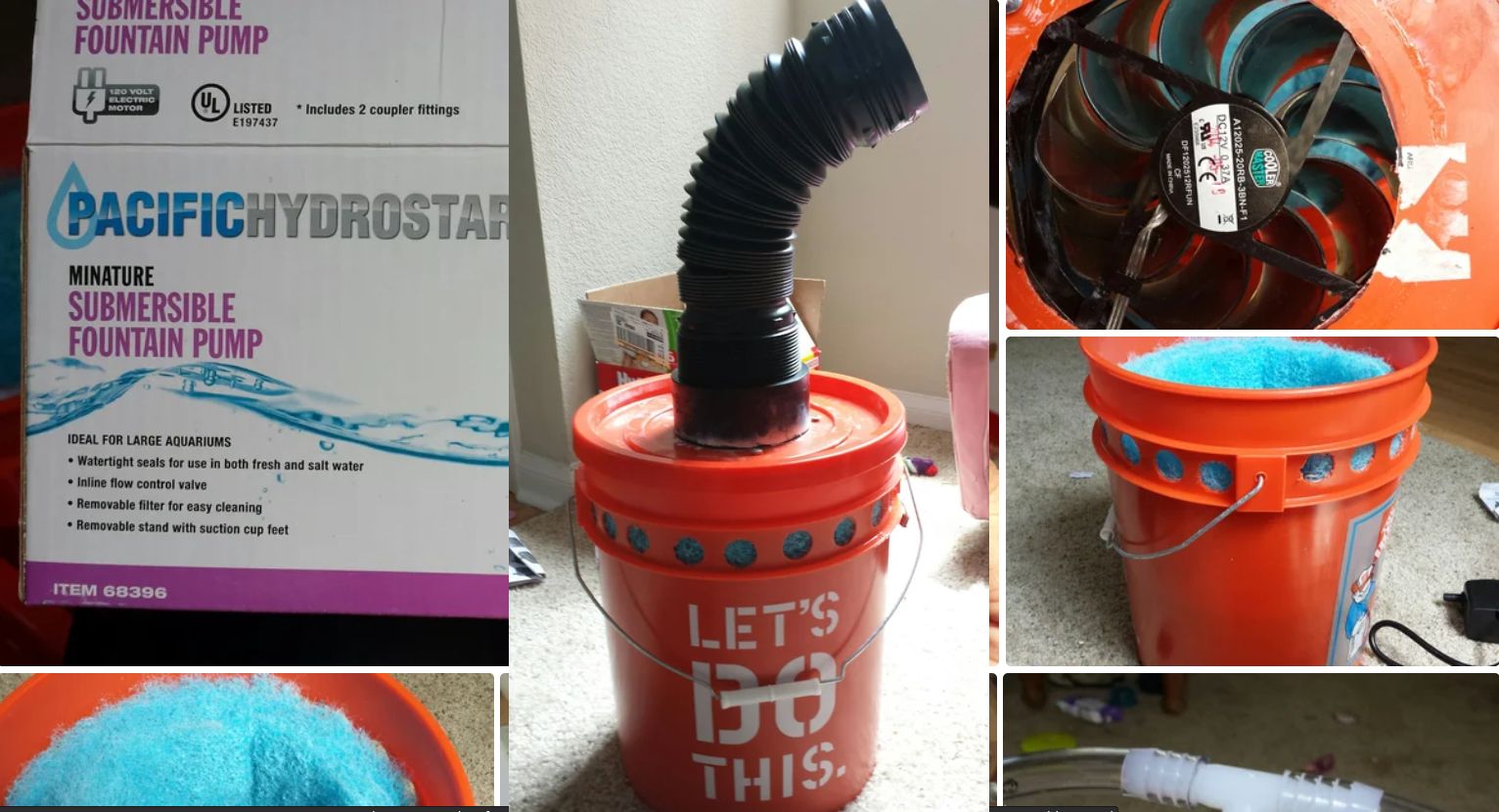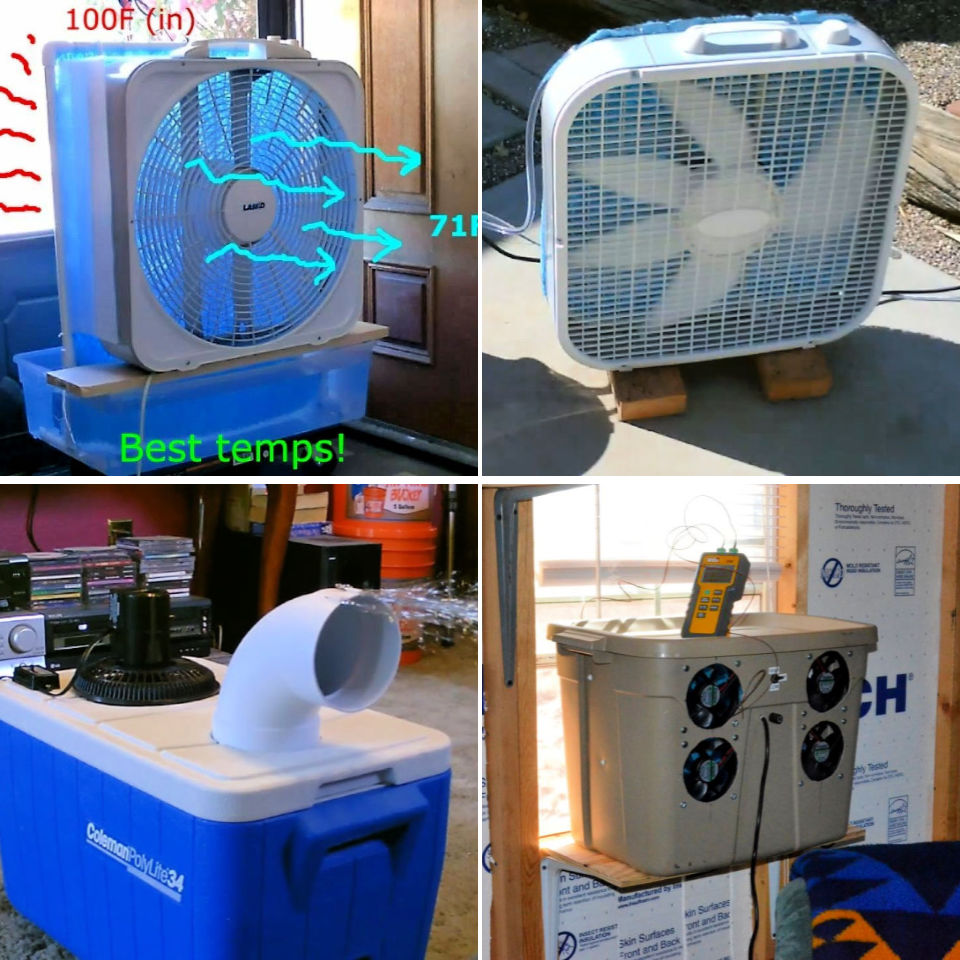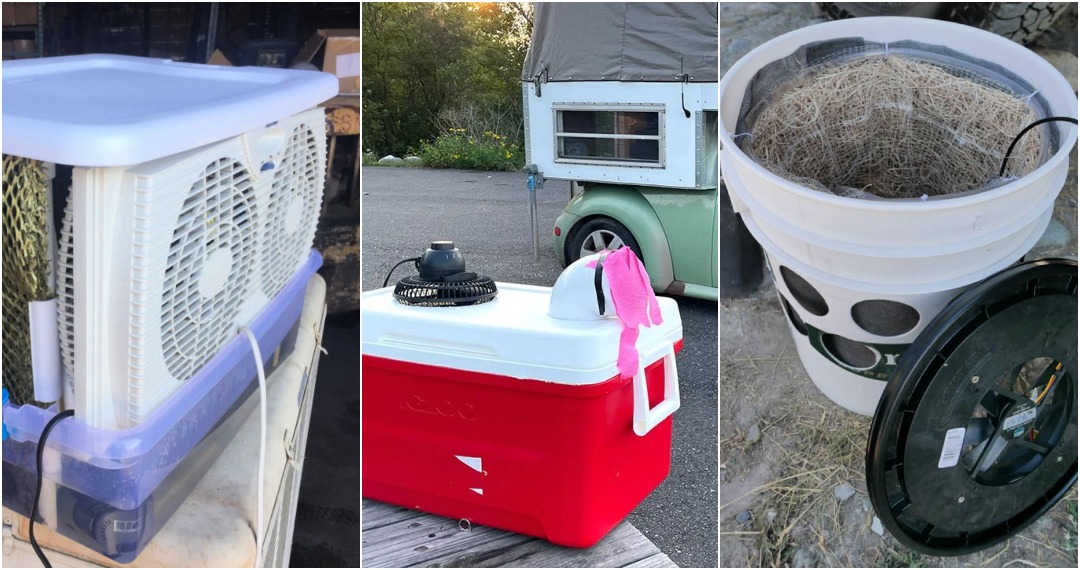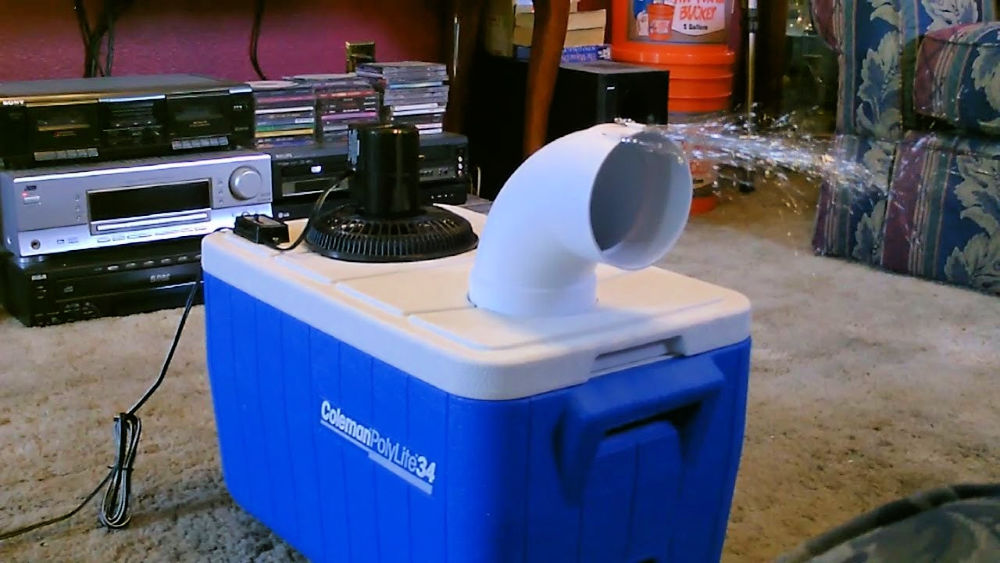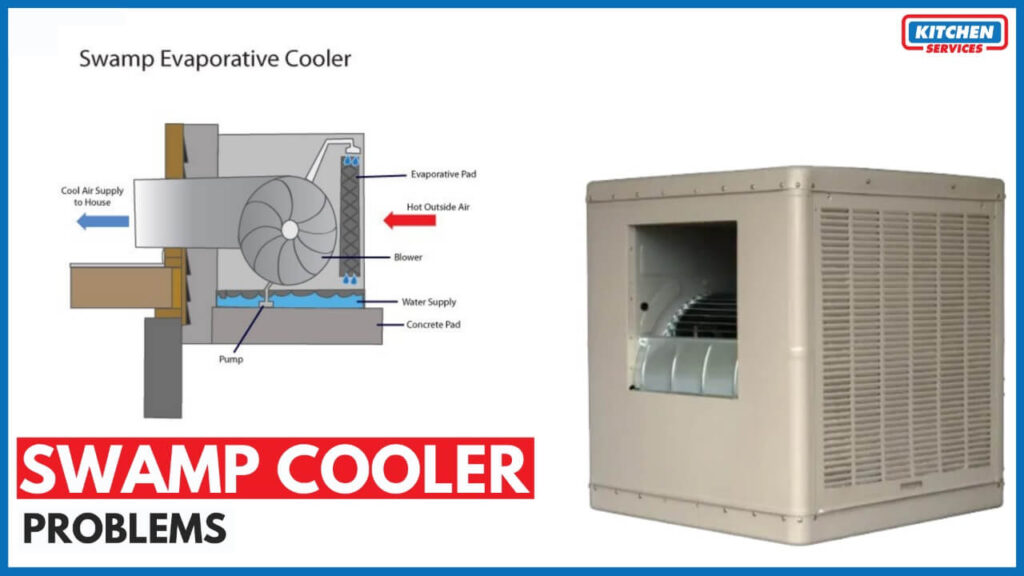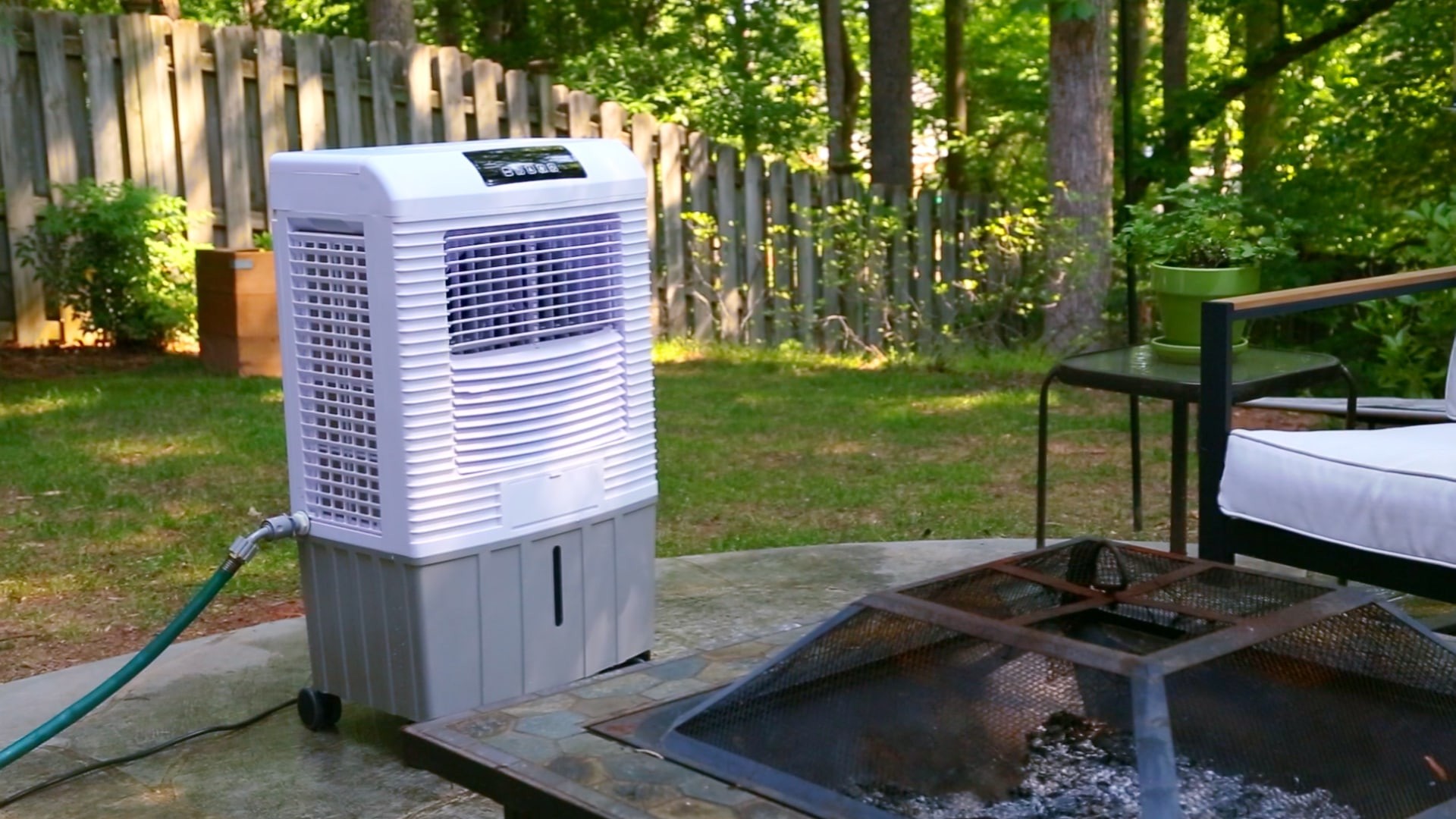Can I Put Ice In My Swamp Cooler

As summer temperatures soar, the quest for effective and affordable cooling solutions intensifies. Evaporative coolers, commonly known as swamp coolers, offer a budget-friendly alternative to traditional air conditioning, particularly in dry climates. However, a persistent question lingers: Can you boost their cooling power by adding ice? The answer, while seemingly straightforward, is nuanced and requires careful consideration of efficiency, potential damage, and overall system performance.
The core question – whether adding ice to a swamp cooler is beneficial – touches upon several critical aspects: the cooler's design and capacity, the local humidity levels, potential damage to the unit, and the overall cost-effectiveness of the practice. While anecdotal evidence and DIY experiments abound, this article delves into expert opinions, scientific principles, and potential drawbacks to provide a balanced and informative perspective on this common cooling conundrum.
Understanding Swamp Cooler Basics
Swamp coolers operate on the principle of evaporative cooling. They draw in hot, dry air and pass it through a water-soaked pad.
As the water evaporates, it absorbs heat from the air, resulting in cooler air being circulated into the room.
The effectiveness of a swamp cooler depends heavily on the relative humidity. Lower humidity allows for greater evaporation and thus, more effective cooling.
The Allure of Ice: A Quick Fix?
The idea of adding ice seems intuitive: colder water should lead to colder air.
Many users report a noticeable, albeit temporary, drop in air temperature when ice is introduced into the water reservoir.
However, this perceived benefit needs to be weighed against potential drawbacks.
Potential Benefits: A Closer Look
In some specific scenarios, adding ice may offer a short-term advantage.
For instance, during peak heat waves or in situations where the cooler's cooling capacity is insufficient, ice can provide an extra boost.
Moreover, it can offer a temporary respite in situations where the cooler is struggling to maintain a comfortable temperature.
The Drawbacks: More Than Meets the Eye
Despite the initial appeal, adding ice to a swamp cooler can lead to several problems.
One major concern is the potential for damage to the cooler's pump.
The colder water can thicken, increasing the strain on the pump and potentially shortening its lifespan, as warned by Appliance Repair Specialists.
Another consideration is the accelerated corrosion of metal components.
The constant exposure to very cold water can lead to faster rusting and degradation, particularly in older models.
Furthermore, the melting ice dilutes the mineral content in the water, which can affect the evaporation rate and overall efficiency.
Expert Opinions and Scientific Considerations
Experts in HVAC and evaporative cooling generally advise against using ice in swamp coolers.
According to Dr. Emily Carter, a mechanical engineer specializing in thermodynamics, "While adding ice might seem like a straightforward solution, it can disrupt the designed operating parameters of the cooler and potentially cause more harm than good."
She further emphasizes that the cooler's efficiency is optimized for water at a certain temperature range, and drastically altering this range can negatively impact performance.
Moreover, the energy expenditure required to produce and maintain ice can outweigh the perceived cooling benefits.
Consider the electricity consumed by the freezer to make the ice; this energy cost could potentially offset the savings gained from using a swamp cooler over an air conditioner.
Alternative strategies, such as ensuring proper ventilation and using cooler water from the tap, might be more cost-effective.
Optimal Water Temperature: Finding the Sweet Spot
Instead of resorting to ice, focusing on maintaining an optimal water temperature is crucial.
Using the coolest water available from the tap can significantly improve cooling performance without the risks associated with ice.
Additionally, ensuring that the cooler's pads are clean and properly saturated is essential for efficient evaporation.
Alternative Methods for Boosting Cooling
Several alternative methods can enhance the cooling power of a swamp cooler without jeopardizing its functionality.
One approach is to improve ventilation by opening windows and doors to facilitate airflow.
Another strategy is to use fans in conjunction with the cooler to distribute the cool air more effectively throughout the room.
Furthermore, consider shading the cooler from direct sunlight to prevent the water from heating up excessively.
Implementing these simple measures can significantly improve the cooler's performance and maintain a comfortable indoor environment.
Forward-Looking Conclusion
While the temptation to add ice to a swamp cooler may be strong, a closer examination reveals that the potential drawbacks often outweigh the perceived benefits.
Damaging the pump, accelerating corrosion, and disrupting the cooler's designed operating parameters are significant concerns that should not be overlooked.
Instead, focus on optimizing water temperature, improving ventilation, and employing alternative cooling strategies to achieve efficient and sustainable cooling without compromising the integrity of your swamp cooler. According to Energy Star, proper maintenance is key to any cooling system's efficiency, so ensure your swamp cooler is regularly cleaned and serviced. Remember safety and efficiency when choosing how to cool your house.

